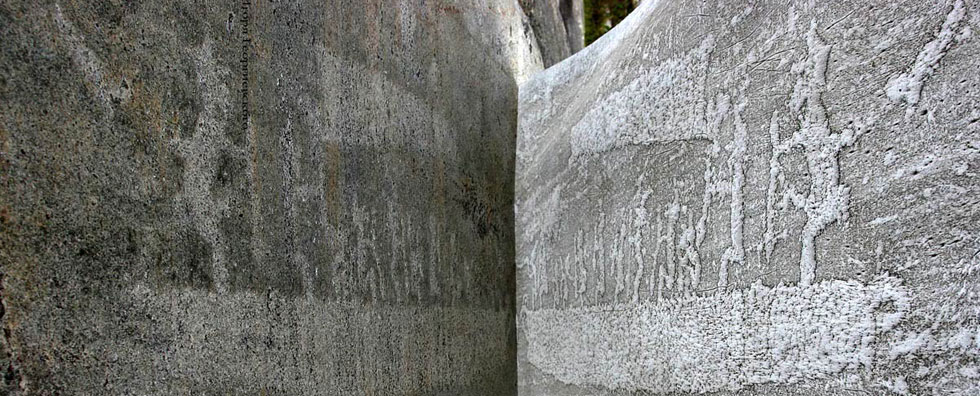
Issue №4, Vol. 16
Egor K., Kotenev E. Comparison of ground interaction and travel capability of wheeled and bogie-tracked vehicles // Resources and Technology. 2019. №4, Vol. 16. P. 1‒24.
DOI: 10.15393/j2.art.2019.4902
Comparison of ground interaction and travel capability of wheeled and bogie-tracked vehicles
| Egor Khitrov Germanovich | Saint Petersburg State Forest Technical University named after S.M. Kirov, yegorkhitrov@gmail.com |
| Kotenev Evgenii V. | Saint Petersburg State Forest Technical University named after S.M. Kirov, kotenew@bk.ru |
|
Key words: forest soil rut depth tractive performance complex travel capability parameter |
Summary: The purpose of our study is to compare estimates of rut depth, tractive performance and travel capability of wheeled and bogie-tracked forestry vehicles by using the results of computational experiment with an updated mathematical model of interaction of an elastic stamp with a deformable half-space. The study is based on soil mechanics methodology and off-the-road locomotion theory. The study uses numerical methods of integration and equations solution when determining quantitative indicators of the interaction process. A data fitting computational experiment is used to obtain engineering dependencies. The results show that with typical parameters of the mover on weak soil wheeled and bogie-tracked forwarders weighing more than 0.1 MN (10.0 t) form a rut deeper than 0.1 m. Travel capability loss of wheeled vehicles on weak soil occurs when the weight of the machine exceeds 0.115 MN (11.5 t), while equipping wheeled vehicles with bogie-tracks allows maintaining the travel capability on the weak soil. When moving on moderately firm ground permissible weight of a wheeled forwarder at which the rut depth does not exceed 0.1 m is 0.285 MN (28.5 tons), the permissible weight of a bogie-tracked vehicle is 0.355 MN (35.5 tons). Thus, it has been found that when moving on moderately firm ground wheeled vehicles with the weight of more than 0.285 MN (28.5 t) should be equipped with bogie-tracks to preserve the soil cover. Travel capability loss on the moderately firm ground occurs when the total weight of a wheeled forwarder exceeds 0.305 MN (30.5 t). For bogie-tracked vehicles, the travel capability loss is not expected. Thus, it was found that when working on moderately firm ground wheeled forwarders with working weight of more than 0.305 MN (30.5 t) should be equipped with bogie-tracks. The article also provides formulas for approximate estimation of the rut depth, the rolling resistance coefficient, the traction coefficient and the average ground pressure for wheeled and bogie-tracked movers when varying the wheel width and diameter, tire inflation pressure and the wheel load. These formulas can be used at the initial stage of selecting permissible parameters of the movers depending on mechanical properties of forest soil. |
Displays: 1317; Downloads: 830;




